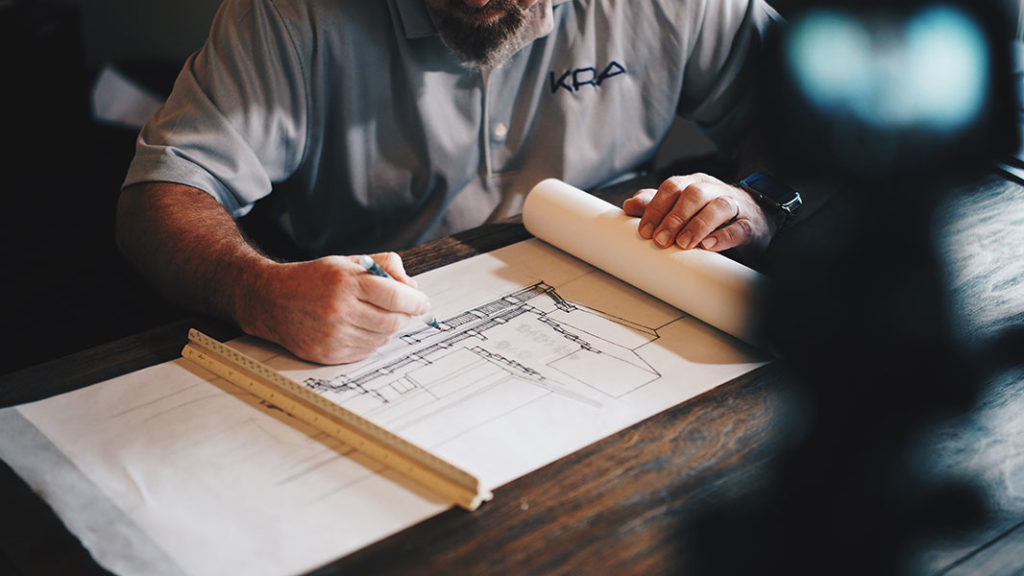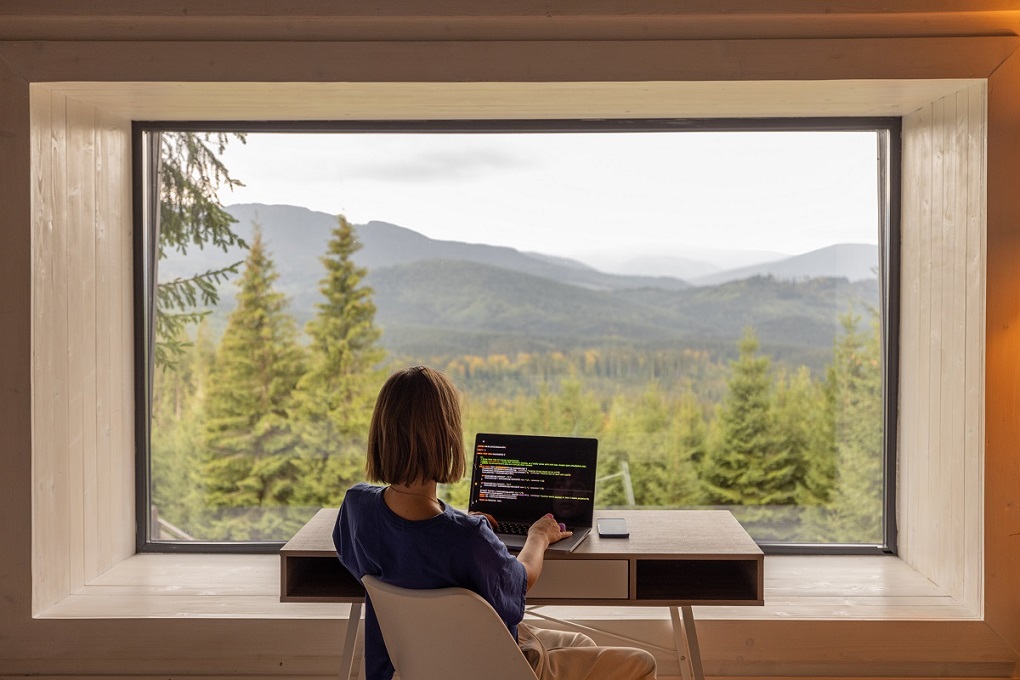Have you ever noticed that in a lot of Hollywood movies, architects are often portrayed as the struggling office worker? From Adam Sandler in Click to Woody Harrelson in Indecent Proposal, architects are usually seen as struggling employees who just can’t get a break. In reality, many architects across the world are underpaid and overworked. Despite the prestige of the job, it’s quite difficult to make it big as an architect.
Perhaps that is why when remote working became a recognized job setup, many architects became intrigued at the opportunity. With more time at home and more income from overseas clients, remote working seems like heaven to many struggling designers. Like any other unique arrangement though, it takes careful planning to make it as an architect doing remote work. Here are some pros and cons to think through if you plan to start remote working as an architect.
Pros
- You get what you work for.
Like any other designer, the output of an architect is the product of his imagination. If you work in a company, you are the talent that they sell to clients and investors. This means that even if you have created an award-winning high-rise building, your income will still be at the company’s behest.

With freelance work at home, though, you deal with the clients and get the money directly. With websites such as Upwork or Guru, there’s no sales team, no manager, no CEO to take away a portion of your hard-earned work. It is up to you to distribute the money, especially if you decide to hire other people to help you out. You become an independent artist. Now that paves the way to a brighter future if you can keep focused on the tasks at hand.
- Your projects are suddenly all over the globe.
With (freelance) remote working, you get to work with people across the globe. This means that you might be involved in the design of a stadium in Germany while completing some shop drawings for a residence in Singapore. There’s no limit in the people you meet and the projects that you can be exposed to. And with design websites such as Archnet and Archdaily, you will always have resources on hand.
- Get to sharpen skills while learning new ones.
Unlike in a corporate setting where you can get stuck doing the same task every day, with remote working you can choose what you want to do. Conjuring design concepts, making shop drawings, rendering perspectives, even estimating project costs – you can do it all online if you wish. Free online tools such as Autodesk Viewer allows you to review projects even on the go. You can continue doing specific tasks that you love about the job and forego ones that you don’t like.
- The dangers of construction sites will become things of the past.

Not all architects are cut out for construction. Many times, onsite work causes so much stress in terms of physical and mental requirements. Remote working gives you a chance to get involved in construction without actually being onsite. It can even allow you to do project management with software such as Asana and Jira. The information is relayed to you, and you simply draw and design based on this information. For those who don’t enjoy working in job sites, it’s the ideal setup.
- You can finally take a break when you wish.
More often than not, architects are assigned multiple projects in firms. They sometimes end up juggling more than what they can handle. With remote working, you can choose which projects to pursue and which ones to forego. You can work at your own pace, without worried bosses breathing down your neck. It lets you do the job and even enjoy it in the process.
Cons
- You have to make an effort to remain updated with industry trends.
Generally speaking, the challenge with remote working is professional seclusion. Like many other industries, it is important to remain updated with the latest offerings in your field to remain competitive. As an architect, this might mean you need to exert more effort in attending those annual construction seminars and design fairs. Thankfully, you can keep track on the schedule of trade fairs in any country with websites like TradefairDates.
- Most of your work will not involve onsite activities.
While some of us may loathe the challenges of construction sites, others thrive in these. Doing remote design work often implies that you will never see firsthand your finished output unless you cover your own travel expenses. For the architect itching to work on site though, this can be remedied by taking on local freelance jobs on the side. For example, Indeed offers part-time architectural jobs, both online and onsite.
- Working on a per-project basis may cause some worry.

Many jobs for the architect exist online, although they are not guaranteed to be long-term opportunities. Most of the time, people hire workers online to keep costs at a minimum and to provide short-term assistance. This might result in some financial insecurities, especially for the architect who is used to corporate tenure. A solution to this challenge is a moment of reflection and a back-up series of projects. As long as you can handle the quantity of the work, learn to handle multiple opportunities at once to keep food on the table. You can do that by using design management software such as Invisionapp.
- You might forget your social skills.
One aspect of being an architect that might be sacrificed in remote working is your oral presentation skills. To prevent this, be open to coordinating with your clients over video calls through Zoom and other similar apps. Focus on your visual presentation skills as well so that your work will speak for itself. Just because you do remote work, doesn’t mean you can’t communicate with your clients.
- You might end up working weird hours.
Working for people across the globe means that you have to accommodate different time zones. This is a challenge not only for architects but basically everyone who does remote work. Working at weird timeslots, however, need not be stressful. Practice a healthy lifestyle and secure enough sleep to keep your body healthy and your mind sharp. If you’re really stressed out by shifting schedules, you can choose to cater to a particular geographic region only.
At the end of the day, working as an architect on the go offers both pros and cons. Not all architects are cut out for remote working, it takes a different set of skills and discipline. But if you are indeed a stressed employee who earns a meager paycheck, this might be worth a shot. This kind of job is not for the faint-hearted, but it has its rewards. Whether you work on the field or at home, architecture would always be a specialized job. In remote working, it holds a bright and promising future. Remote working is redefining the field of design and it’s definitely here to stay. Online, you can engage in a variety of tasks related to design and construction. It will allow you to practice architecture on a global level without leaving the comfort of your home.
Have you made the jump to working remotely as an architect? Share your experiences in the comment section below.



